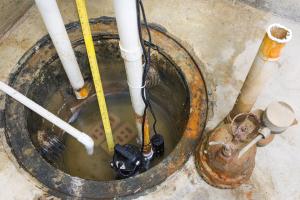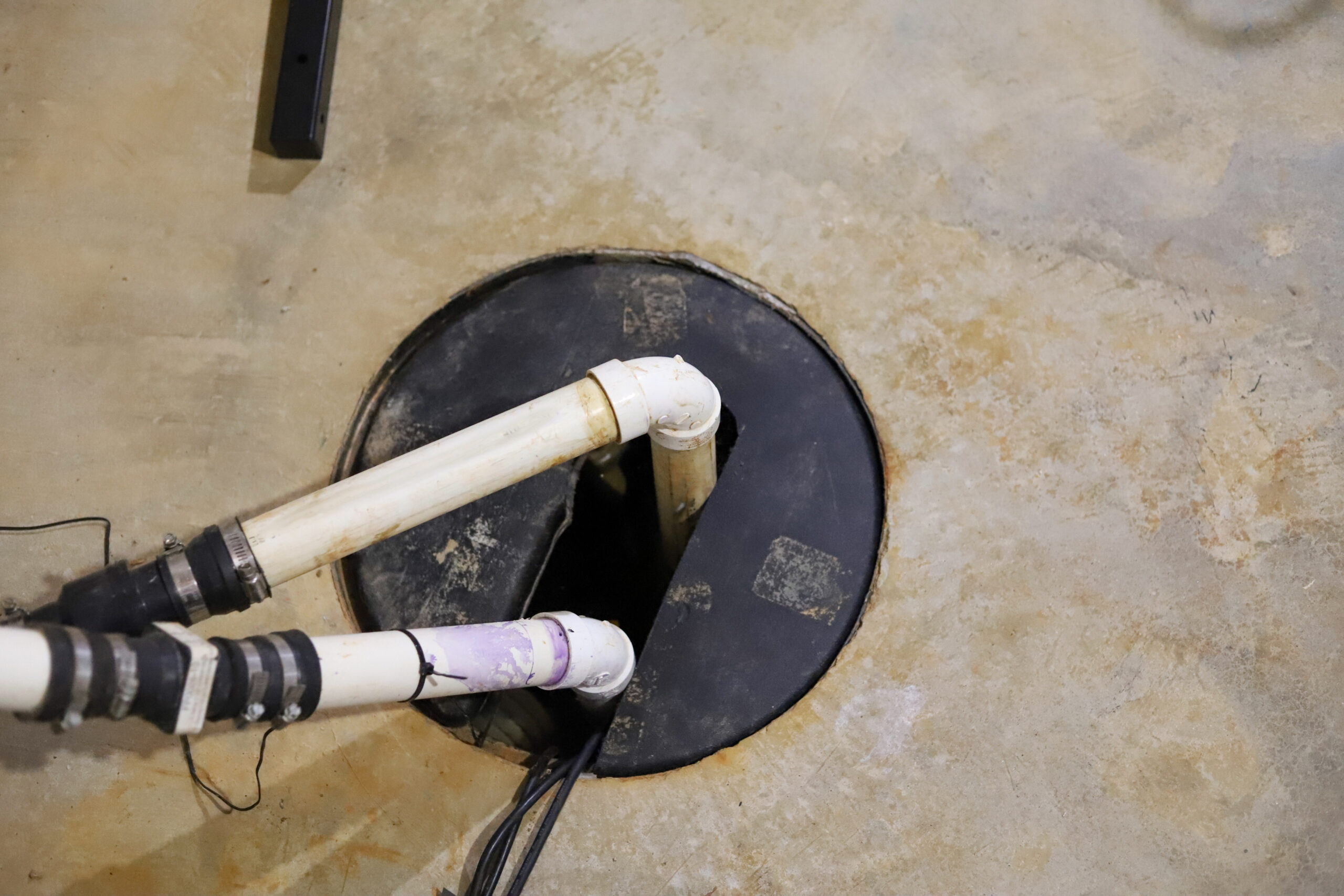Presented here below you'll find a lot of dependable facts related to How To Effectively Clean A Sump Pump.

Sump pumps are important components in many homes, especially in areas vulnerable to flooding or extreme wetness. They help avoid water damages by successfully removing excess water from basements or crawl spaces. However, like any other appliance, sump pumps call for regular maintenance to guarantee they function effectively when required one of the most. Cleaning your sump pump is an important part of its maintenance, and recognizing just how to do it properly can save you from costly repair services and prospective disasters.
Intro
Maintaining a tidy sump pump is essential for its proper functioning and durability. Disregarding this essential task can result in clogs, breakdowns, and ultimately, water damage to your residential property. For that reason, learning how to cleanse a sump pump is critical for home owners who rely on these tools to maintain their basements completely dry and secured.
Signs of a Dirty Sump Pump
Understanding when your sump pump needs cleansing is essential for avoiding possible malfunctions. Some usual signs that suggest a dirty sump pump include weird noises throughout procedure, decreased water circulation, and noticeable debris in the pit. If you discover any one of these signs and symptoms, it's necessary to cleanse your sump pump without delay to avoid any more issues.
Getting ready for Cleansing
Prior to you begin cleansing your sump pump, it's essential to take some safety and security precautions. Begin by turning off the power to the pump to avoid any electrical accidents. Additionally, use suitable safety equipment, such as gloves and safety glasses, to safeguard on your own from dust, particles, and potential pathogens.
Comprehending the Sump Pump
Before diving right into the cleansing process, it's necessary to have a basic understanding of just how a sump pump functions. Usually mounted in a pit or container below the cellar flooring, a sump pump includes a number of key components, consisting of a pump, a float button, and a discharge pipeline. When water builds up in the pit, the float button activates the pump, which after that pumps the water out with the discharge pipeline, far from the building's structure.
Detailed Guide to Cleaning a Sump Pump
Turning off the Power
Begin by disconnecting the power supply to the sump pump to avoid any mishaps while cleansing.
Checking for Proper Performance
Prior to re-installing the pump, do a fast examination to make certain that the float button turns on the pump appropriately. Put some water right into the sump pit and observe the pump's procedure. If every little thing is operating appropriately, you can reconstruct the pump and reconnect the power supply.
Getting Rid Of Particles and Dust
Utilize a pail or an inside story to remove any noticeable debris, dirt, or debris from the sump pit. Dispose of the debris appropriately to stop it from clogging the pump or the discharge pipe.
Cleaning the Pump and Float Switch
As soon as the pit is clear of debris, thoroughly eliminate the pump from the pit. Examine the pump and the float button for any indicators of damage or wear. Make use of a soft brush or fabric to clean up the surfaces and eliminate any kind of built up crud.
Purging the System
After cleansing the pump and float switch, purge the sump pit with clean water to eliminate any kind of continuing to be dirt or debris. This will assist make certain that the pump runs efficiently and efficiently.
Upkeep Tips to Maintain Your Sump Pump Clean
Along with periodic cleaning, there are a number of upkeep ideas you can comply with to maintain your sump pump in ideal problem:
- Regular Inspection: Inspect your sump pump consistently for any kind of indicators of wear, damage, or clogs.
- Maintaining the Surrounding Location Clean: Make Certain that the location around the sump pit is free of debris, dirt, and blockages.
- Testing the Pump Regularly: Evaluate your sump pump periodically by pouring water right into the pit and observing its procedure. This will certainly assist you determine any potential concerns prior to they intensify.
Conclusion
Cleansing your sump pump is an essential aspect of its upkeep and ensures that it operates efficiently when you require it one of the most. By adhering to the steps laid out in this guide and including regular upkeep into your routine, you can prolong the life-span of your sump pump and protect your home from water damage.
6 STEPS ON HOW TO CLEAN A SUMP PUMP PROPERLY
UNDERSTANDING SUMP PUMPS
Your sump pump plays a crucial role in protecting your home by managing and removing excess water. It primarily functions as a “shield”, guarding your basement against the damaging effects of water accumulation. The pump is housed in a sump pit in the lowest part of your basement, and its job is to pump out any water that collects there.
During heavy rainfalls or when snow melts rapidly, water can infiltrate your basement, posing potential risks like flooding, structural damage, and harmful mold growth. Here, the sump pump springs into action, pumping out the intruding water and directing it away from your home.
SAFETY FIRST
Before cleaning, remember to prioritize safety. Disconnect the sump pump from the power source to prevent any accidental electric shocks. Also, wear sturdy gloves to protect your hands from any sharp or dirty components within the pump.
REMOVE THE SUMP PUMP
After ensuring your safety, the next step is to remove the sump pump from its pit. Doing this might require careful maneuvering as you don’t want to damage any pump components. Once removed, clean the sump pit to remove any accumulated debris or sludge.
INSPECT THE PUMP
Inspect the pump for any visible signs of wear or damage. Check the power cord, float switch, and impeller housing. If any components look worn out or damaged, consider replacing them to ensure optimal performance.
CLEAN THE PUMP
Thoroughly clean the pump with warm, soapy water. Make sure to rid it of any dirt, gravel, or other debris that might impede its performance. You can use a toothbrush to clean the small, hard-to-reach parts of the pump.
REINSTALL THE SUMP PUMP
- Reinstall the pump into the sump pit
- Make sure it’s positioned correctly to remove the water effectively
- Once it’s back in place, reconnect it to the power source
TEST THE PUMP
Finally, pour some water into the pit to ensure the pump works correctly. It should start automatically and begin pumping out the water; if it doesn’t, check the power source and the positioning of the pump.
Remember, while cleaning your sump pump is an essential part of home maintenance, hiring a professional plumber for a thorough inspection and cleaning at least once a year is also important. This will ensure that your pump is in optimal condition, ready to protect your home from potential water damage.
BEST PRACTICES FOR CLEANING SUMP PUMP DISCHARGE PIPES
- Regular Inspection: Regularly inspect your discharge pipes, especially during heavy rainfall or snowmelt periods. Look for any signs of blockage or damage. Early detection of problems can prevent serious issues down the line.
- Periodic Cleaning: Over time, sediment and debris can accumulate in the discharge pipes, impeding the flow of water. Regular cleaning helps keep the pipes clear and functioning efficiently. You can use a high-pressure water jet to effectively clean the pipes.
- Insulation During Winter: In colder climates, discharge pipes can freeze, blocking the outflow of water. Protect your discharge pipes from freezing temperatures by insulating them with foam pipe insulation. This will ensure the sump pump can continue to discharge water even in freezing conditions.
- Proper Positioning: The discharge pipe should be positioned to direct water away from your home’s foundation. Improper positioning can lead to water seeping back into the basement. Ensure the pipe is long enough and angled correctly.
- Installation of a Check Valve: A check valve prevents water from flowing back into your sump pit after the pump has pushed it out. Installing a check valve helps maintain the efficiency of your sump pump and reduces the risk of flooding.
- Minimize Pipe Turns: Every curve or turn in the discharge pipe can decrease the efficiency of water flow. By minimizing turns and bends in your discharge pipe, you can increase the efficiency of your sump pump.
https://www.fullspeedplumbing.com/how-to-clean-a-sump-pump-properly9999/

As a keen person who reads about How To Effectively Clean A Sump Pump, I was thinking sharing that excerpt was important. Loved our content? Please quickly share it. Let someone else discover it. Thanks a lot for taking the time to read it.
Call Today
Comments on “Leading Steps for Maintaining Your Sump Pump”